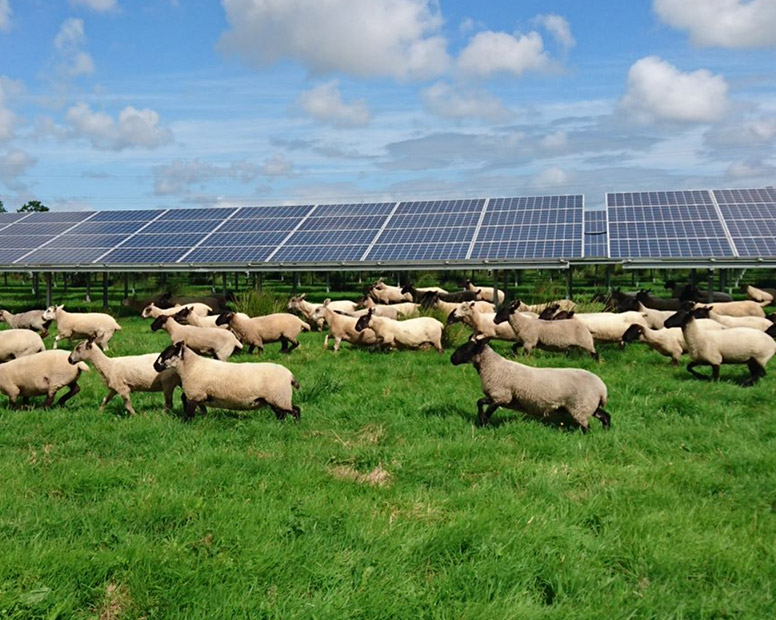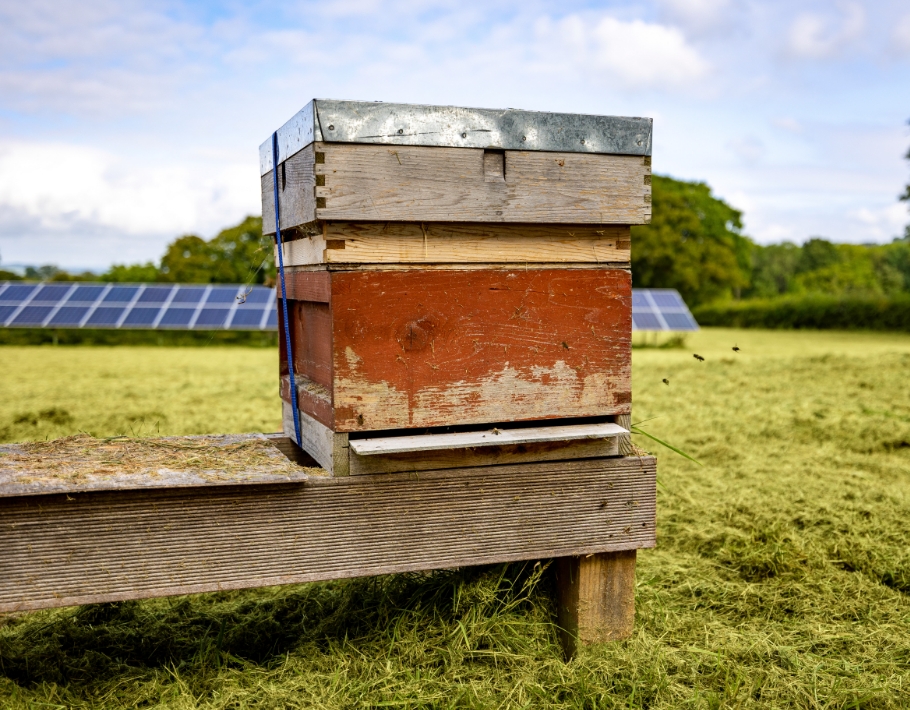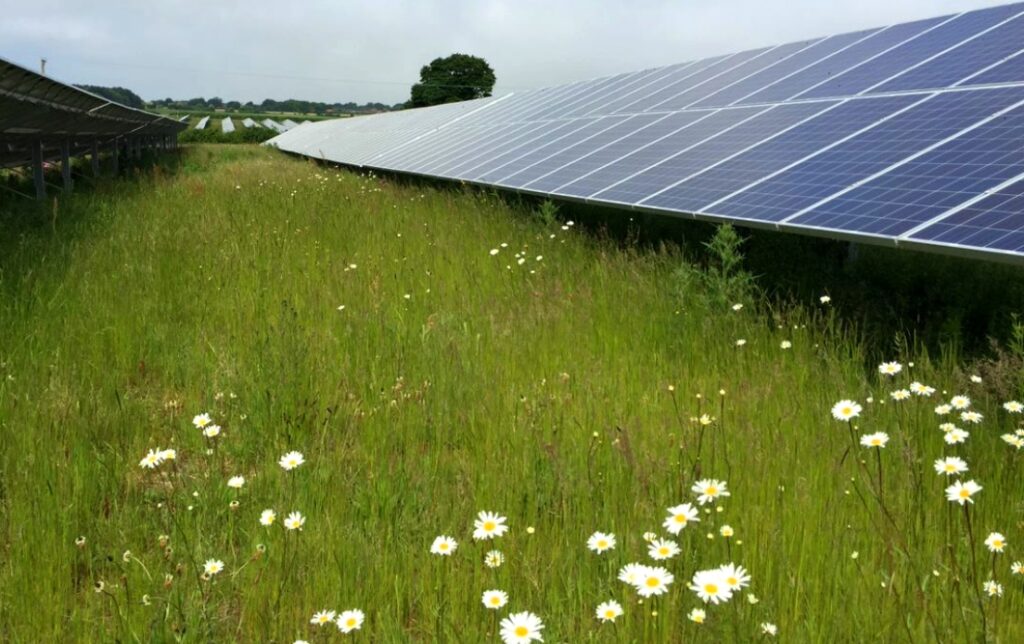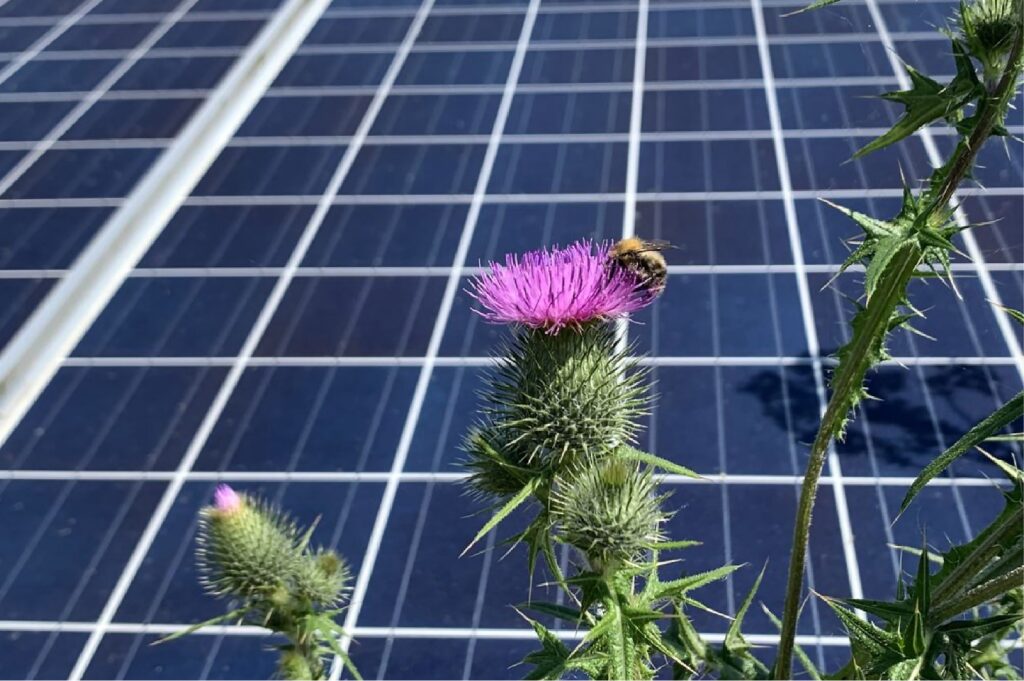Biodiversity is “the number and types of plants and animals that exist in a particular area, or in the world generally.”i Biodiversity’s quantity and variety are essential to the earth’s functionality.
However, in recent years the world’s biodiversity has been rapidly decreasing due to humanity’s over-exploitation of the natural environment. We are needlessly exhausting our planet’s natural resources, nearing ecological boundaries and accelerating species extinctionii. It is estimated that as many as 1 million animal and plant species are now threatened with extinction – more than ever before in human historyiii.
In order to address this situation and ensure we are maximising our efforts to protect our planet, integrated biodiversity conversation and protection practices need to be adopted on a global scale alongside sustainable energy production.
Declining biodiversity poses several serious threats to global populations and our economies:
Availability of food and water
Biodiversity plays a vital role in supporting the production of staple food crops, water purification, and soil filtering which are all essential for human survivaliv. The change or loss of these ecosystems damages nutrient cycles which could pose a significant threat to global food production. An alarming example is that the UK has witnessed a staggering 60% decline in flying insect populations over the past 20 yearsv. This decline is hugely concerning as pollinators, such as bees and insects, play a crucial role in up to a third of successful crop productionvi.
With global populations rising, and our lifestyles demanding more food, water, and energy than ever before, we are unintentionally placing further pressures on already delicate systems.
To combat these concerns, innovative agriovolatic approaches can be integrated into the site maintenance of renewable energy sites. For instance, grazing livestock, bird boxes and beehives can be introduced to renewable sites to nourish, conserve, and promote biodiversity. These can positively contribute to enhancing land quality as well as improving local food and water reserves – all whilst producing green energy.
If a renewable site is constructed on decommissioned land previously used for cereal crops, often the land is of poor agricultural quality. Therefore, the installation of solar panels on such land provides a unique opportunity to improve soil quality without significant loss to food production over the long-term. Rather, by repurposing this land for sustainable energy production, its ability to support growing populations is improved and is further bolstered when agrivoltaic maintenance practices are employed.


Climate change management
Biodiversity is essential for maintaining habitable environments through its ability to mitigate climate change-related effects. Historically, biodiversity has helped protect areas where human life flourishes by regulating climates and mitigating the worst effects of natural disasters. For example, plants absorb carbon dioxide through carbon sequestration and marine life acts as natural flood defenses. Without these natural mechanisms in place, human populations are ever more exposed and vulnerable to climate change and its impactsvii.
Climate change is also detrimental to biodiversity’s survival. Rising temperatures and extreme weather are making already weakened ecosystems increasingly vulnerable and unable to perform their regulating services. Therefore, replenishing and protecting these resources will be integral to reinstating and sustaining biodiversity’s climate mitigation abilities.
To safeguard local biodiversity on renewable sites, wildflower meadows, trees and hedging can be planted. By reintroducing and cultivating new flora the local biodiversity’s variety and quantity is stimulated whilst creating new and valuable carbon sinks. These wildflower areas also provide sustenance for pollinators and habitual protection for local biodiversity and endangered species such as badgers, deer, newts, bats and polecatsviii. The reinstated vegetation therefore helps conserve and promote declining populations in the habitats where they belong.

Human health control
Biodiversity also plays an important role in disease prevention and treatment. Biodiversity’s presence maintains the vital biological distance between humans and wildlife, preventing diseases crossing the species barrier.
For centuries, biodiversity has been a resource for natural remedies and medicaments. Its deterioration is likely to impact the availability of pharmaceutical capital, our dependance on it, and ultimately our overall health potential. Biodiversity’s loss could also have a negative impact on the future of medicinal care as there is a depleted supply of natural resources to learn and heal fromix.
Declining and impaired biodiversity can also have a negative impact on our mental health as it can serve our wellbeing through its natural beauty, providing nature-based recreational facilities, and tourism opportunities.x Its loss therefore has a direct impact on current and future global populations’ quality of life.
Planting wildflower meadows, trees and hedgerows improves the aesthetic of the areas around renewable energy sites, enhancing local community’s appreciation and value of nature’s beauty.
Additionally, reintroducing new greenery prevents any one species from becoming too dominant and creating a hostile and unpleasant environment. Diverse vegetation onsite encourages biodiversity to flourish, as well as creating more habitable homes for local flora and fauna – which local communities can benefit from seeing the improvements as well as the knowledge that endangered species are being protected and served.

Economy stability and growth
Deteriorating biodiversity risks economic growth through its considerable influence on natural, produced and human capitalxi. In 2020 the World Economic Forum estimated that more than half of the world’s economic growth ($44 trillion) is highly or moderately dependent on naturexii.
Awareness of our financial dependency on biodiversity is growing rapidly – particularly thanks to forums such as the UN Climate Change and COP Biodiversity Conferences. These have become global stages for economic leaders and increasingly businesses to come together and discuss climate and biodiversity-related issues and solutions.
The emergence of new strategies addressing the interconnections and risks of biodiversity loss to financial systems, such as The Global Biodiversity Framework adopted by over 190 countries at COP15, facilitate ongoing monitoring of further developments and facilitate continued alignment to these standards over the long-term to enhance biodiversity protection.
So how important is biodiversity to our planet? If biodiversity becomes compromised beyond the point of no return, life as we know it will cease to exist. It is our responsibility, as stewards to our planet and future generations, to do what we can to protect biodiversity and secure a sustainable future.
Key definitions
Agrivoltaics – the simultaneous employment of land for both solar photovoltaic power generation and agriculture
Biodiversity – the number and types of plants and animals that exist in a particular area, or in the world generally
Carbon sequestration – the process of capturing, securing and storing carbon dioxide from the atmospherexii
Carbon sink – is anything which absorbs/removes more carbon from the atmosphere than it releases
Ecological boundaries – points of no return beyond which permanent change to the natural world is irreversible
Extinction – the process of a particular thing, such as an animal, plant or organism, ceasing to exist
Human capital – the knowledge, skills and health that enable people to function as productive members of society
Nutrient cycles – natural recycling systems in which nutrients flow between living things, into the Earth and into the atmospherexiii
Natural capital – the natural resources, land and ecosystems that are inputs to economic production
Pharmaceutical capital – the resources which enable the pharmaceutical industry research, discover, develop, produce and market pharmaceuticals for use as medications for those in need.
Produced capital – the physical assets produced by the human processing of natural capital
Zoonotic disease – any disease this is spread from animals to peoplexv.
i What is biodiversity? (no date) WWF. Available at: https://www.worldwildlife.org/pages/what-is-biodiversity#:~:text=Biodiversity%20is%20all%20the%20different,maintain%20balance%20and%20support%20life.
ii UNEP (no date) UNEP and Biodiversity. Available at: https://www.unep.org/unep-and-biodiversity
iii Royal Society (no date) Is biodiversity loss increasing or decreasing?: Available at: https://royalsociety.org/topics-policy/projects/biodiversity/is-the-rate-of-biodiversity-loss-increasing-or-decreasing/
iv Johnson, C. (no date)Past and future decline and extinction of species. Available at: https://royalsociety.org/topics-policy/projects/biodiversity/decline-and-extinction/
v Ashworth, J. (2022) UK’s flying insects have declined by 60% in 20 years Natural History Museum. Available at: https://www.nhm.ac.uk/discover/news/2022/may/uks-flying-insects-have-declined-60-in-20-years.html#:~:text=The%20UK’s%20insect%20population%20has,in%20bringing%20them%20under%20control
vi UNEP. (no date) Why bees are essential to people and planet. Available at: https://www.unep.org/news-and-stories/story/why-bees-are-essential-people-and-planet#:~:text=According%20to%20bee%20experts%20at,many%20food%20crops%2C%20to%20reproduce.
vii Weiskopf, et al. (2020) Climate change effects on biodiversity, ecosystems, ecosystem services, and natural resource management in the United States. (2020) Weiskopf, et al., Science of the Total Environment. 771.
viii Cameron, E. (2019) Wildflower areas to help support our native pollinators, North East Scotland Biodiversity Partnership. Available at: https://www.nesbiodiversity.org.uk/news/wildflower-areas-to-help-support-our-native-pollinators/
ix Scottish Forestry (2019). Feasibility Study for the valuation of forest biodiversity. Available at: https://forestry.gov.scot/publications/736-feasibility-study-for-the-valuation-of-forest-biodiversity (Accessed: 22 May 2023).
x Constanza, R. (1992) Toward an Operational Definition of Ecosystem Health Available at: https://www.wellbeingintlstudiesrepository.org/cgi/viewcontent.cgi? article=1000&context=es_ee
xi Scottish Forestry (2019)Study for the Valuation of Forest Biodiversity. Available at: https://forestry.gov.scot/publications/736-feasibility-study-for-thevaluation-of-forest-biodiversity
xii UC Davis (2022) Carbon sequestration, UC Davis. Available at: https://www.ucdavis.edu/climate/definitions/carbon-sequestration#:~:text=Carbon%20sequestration%20secures%20carbon%20dioxide,cause%20the%20atmosphere%20to%20warm.
xiii Robb, A. (2021) What is Nutrient Cycling? Available at: https://study.com/learn/lesson/nutrient-cycle-steps.html.
xiv Davis, C.P. (2021) Medical definition of zoonotic disease, RxList. Available at: https://www.rxlist.com/zoonotic_disease/definition.htm (Accessed: 22 May 2023).
DISCLAIMER
This Article is being issued by Bluefield Partners LLP (Bluefield), which is authorised and regulated in the United Kingdom by the Financial Conduct Authority, to provide certain information about Bluefield Partners and its affiliated companies (the Bluefield Group). Bluefield’s registered office address is 40 Queen Anne Street, London, W1G 9EL and its FCA Firm Reference Number is 507508.


